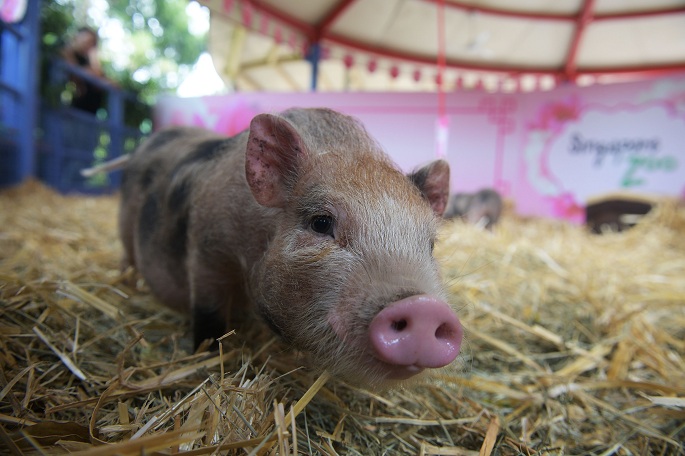Pig farming practices affect the resistance to antibiotics
Published : 20 Mar 2019, 20:38
Updated : 20 Mar 2019, 22:12
Pig farms’ own treatment practices and protective measures against pathogens play a key role in combating antimicrobial resistance in the pork production chain.
This is shown by the joint study by the Finnish Food Authority and the University of Helsinki, which monitored the antibiotic resistance of the E. coli bacteria that are a part of the normal intestinal bacterial flora of animals during the different stages of the pig production chain, said the Finnish Food Authority in a bulletin.
The results of the study can be used in instructions targeted at the producers and in the planning of antibiotic resistance risk management measures.
The study included ten volunteer combination piggeries or chains from pig production to pig fattening houses. Samples were taken twice from live pigs: once from five-week-old pigs after weaning and again before the pigs were slaughtered at approximately 22 weeks of age. The highest level of resistance was discovered in the samples taken after weaning, but it decreased considerably by the sampling before slaughter. There was variation between the farms, however.
“According to the research plan, one litter of pigs that received antibiotics and a corresponding group of pigs that was not treated with antibiotics at any point or in snout contact with the medicated pigs were studied at each farm. Because only individual animals were treated with antibiotics in the end, it was not possible to get the planned number of samples from pigs treated with antibiotics from every farm”, said Docent Johanna Suomi, PhD, Finnish Food Authority.
Samples from the pigs being studied were also taken at the slaughterhouse: swabs were taken from the surface of the carcases after slaughter and meat samples were taken at the meat cutting plant. E.coli bacteria was not isolated from all of the samples taken at the slaughterhouse. However, resistance was also found in the bacteria isolated from the carcase and meat samples taken at the slaughterhouse.
The study was conducted in cooperation between the Risk Assessment Unit and the Microbiology Unit of the Finnish Food Authority and the Faculty of Veterinary Medicine of the University of Helsinki. The study was funded by the Development Fund of Agriculture and Forestry (Makera).
The results of the project will be published later as scientific articles and reports. An information package on resistance for producers will be drawn up and published during 2019.


